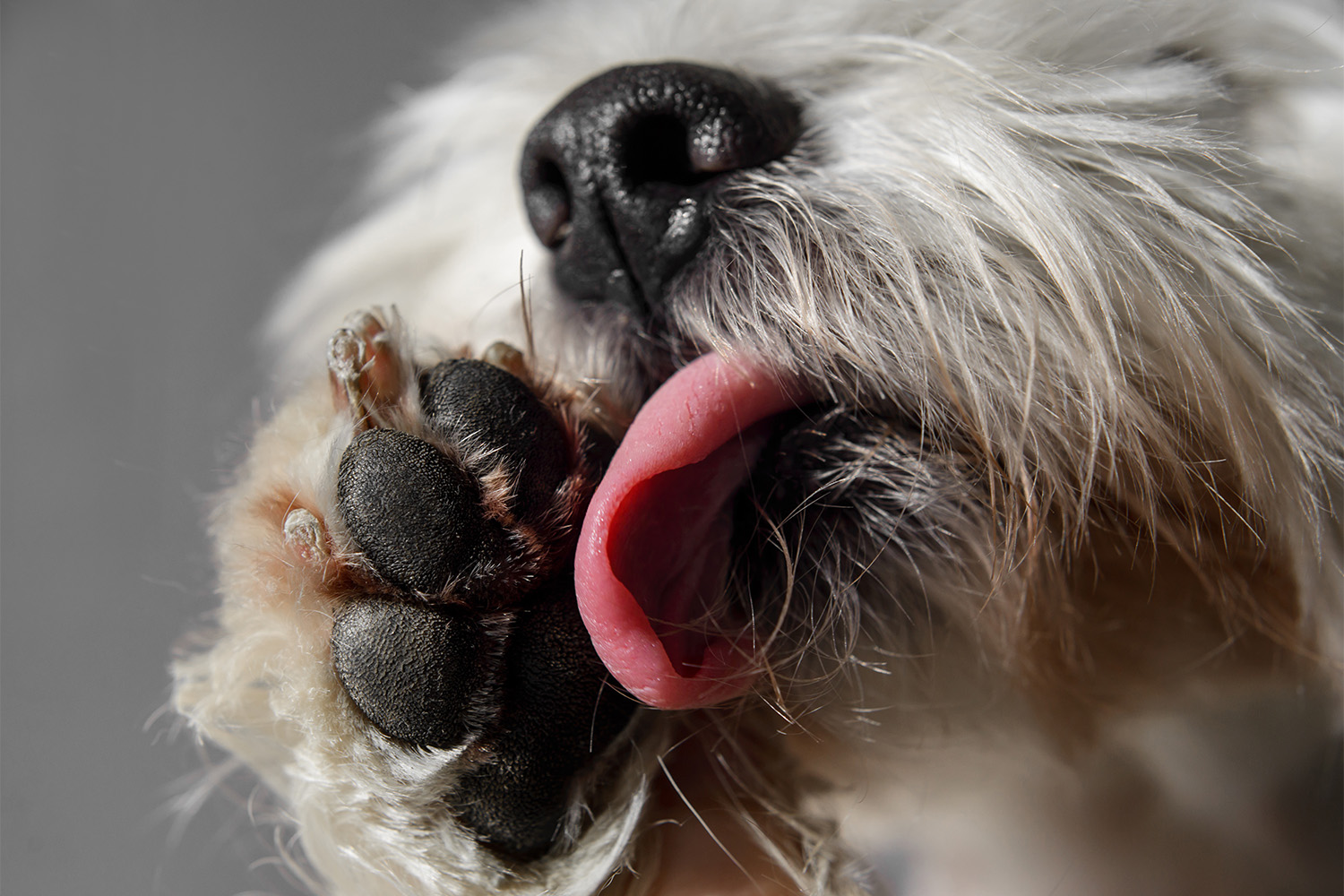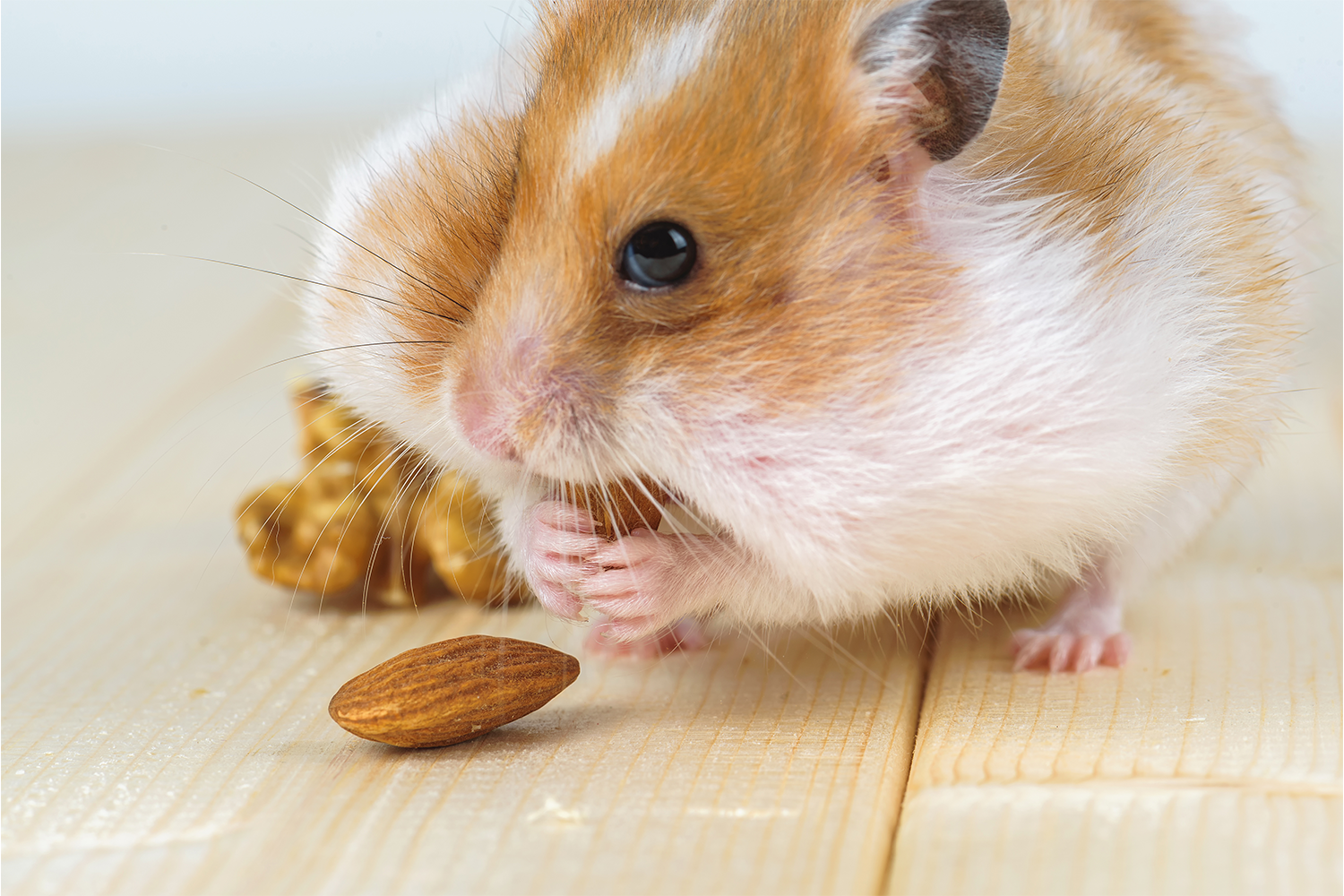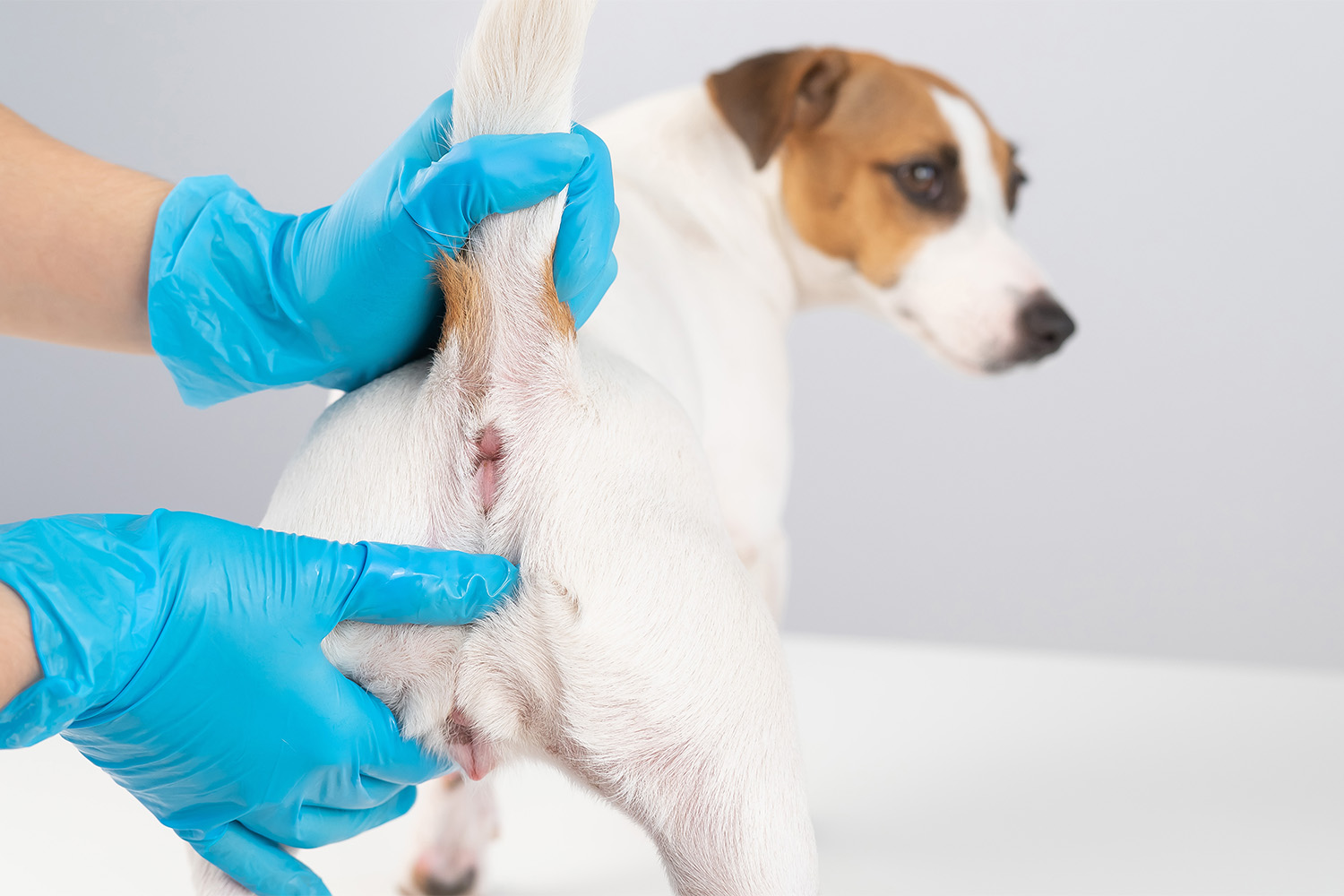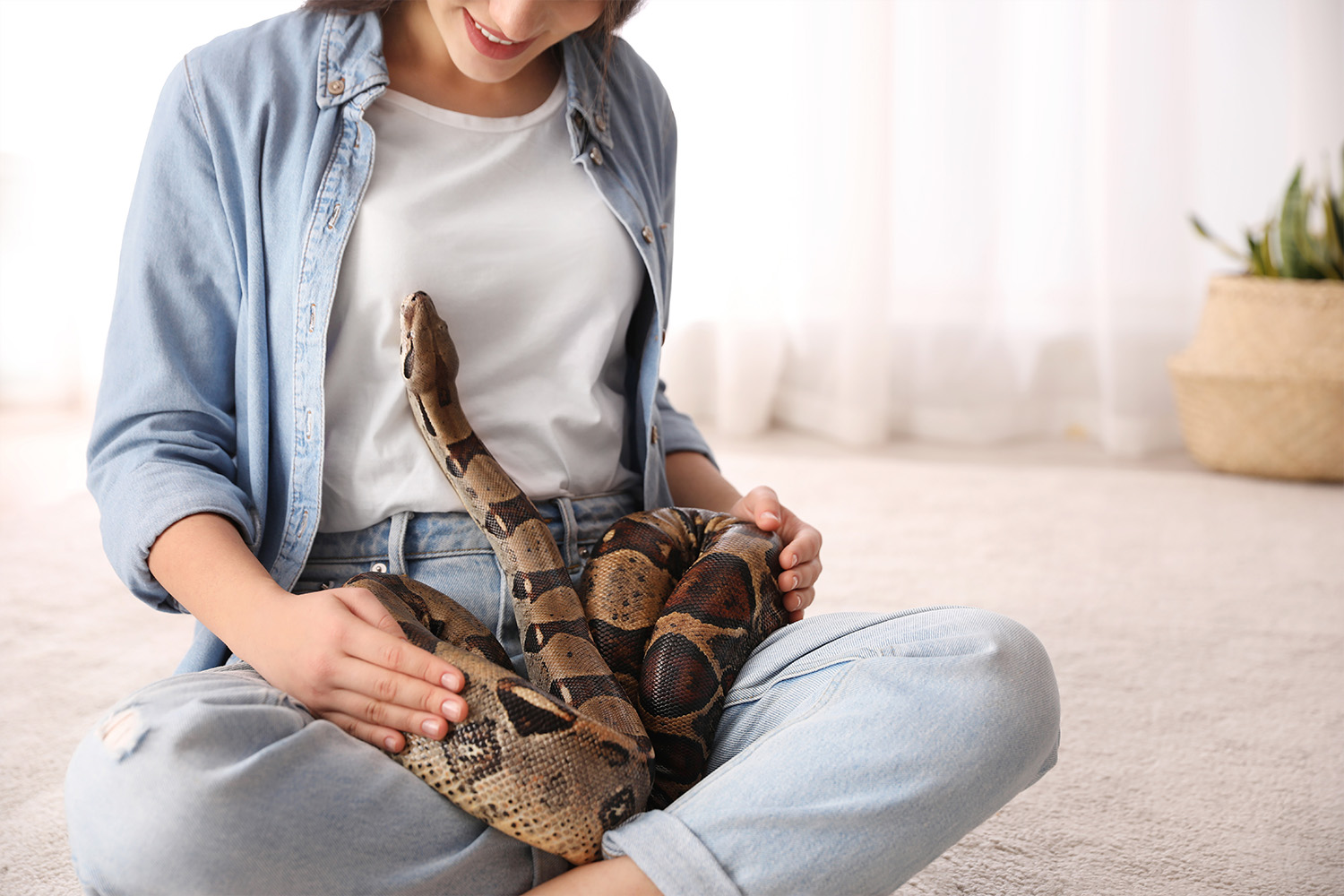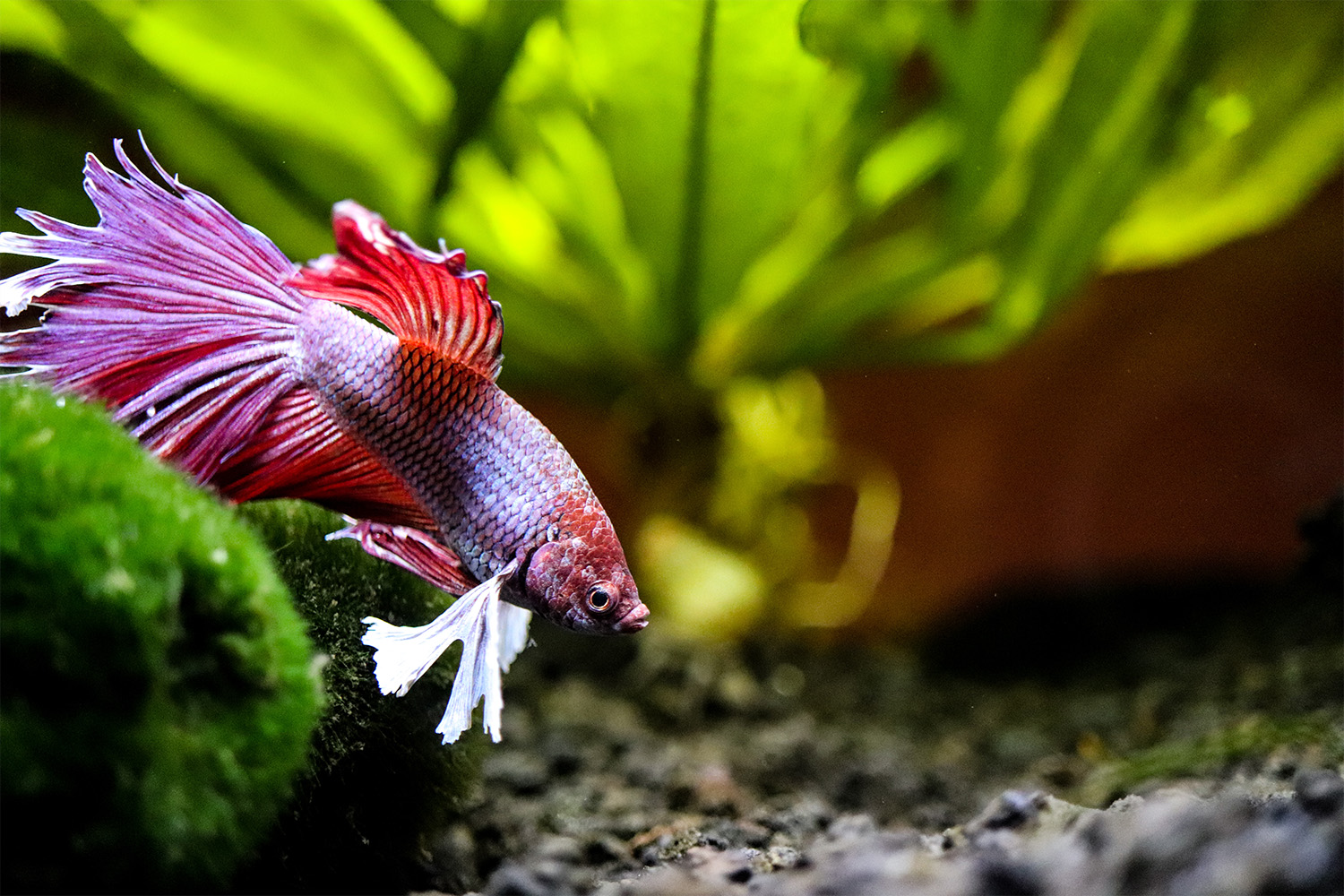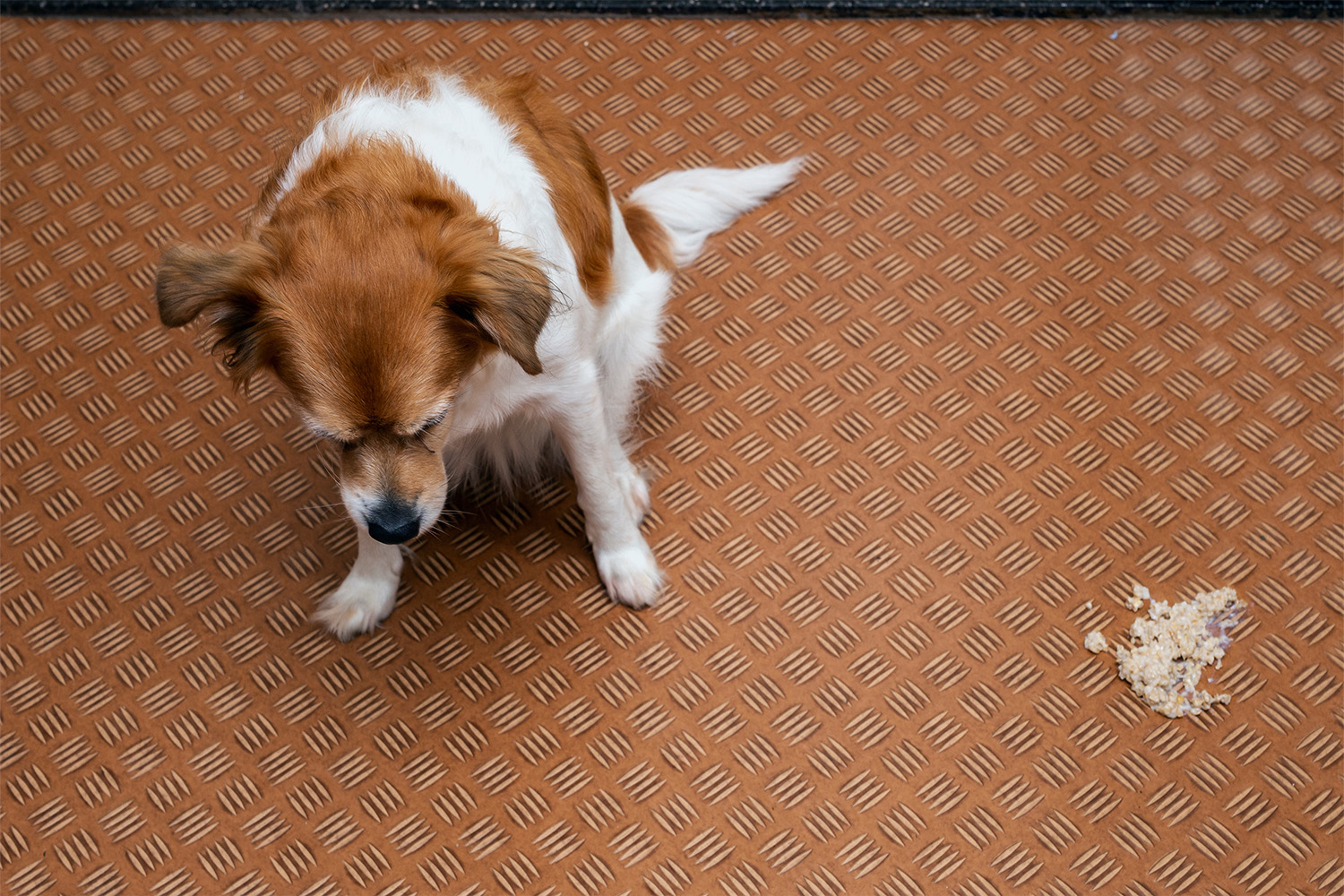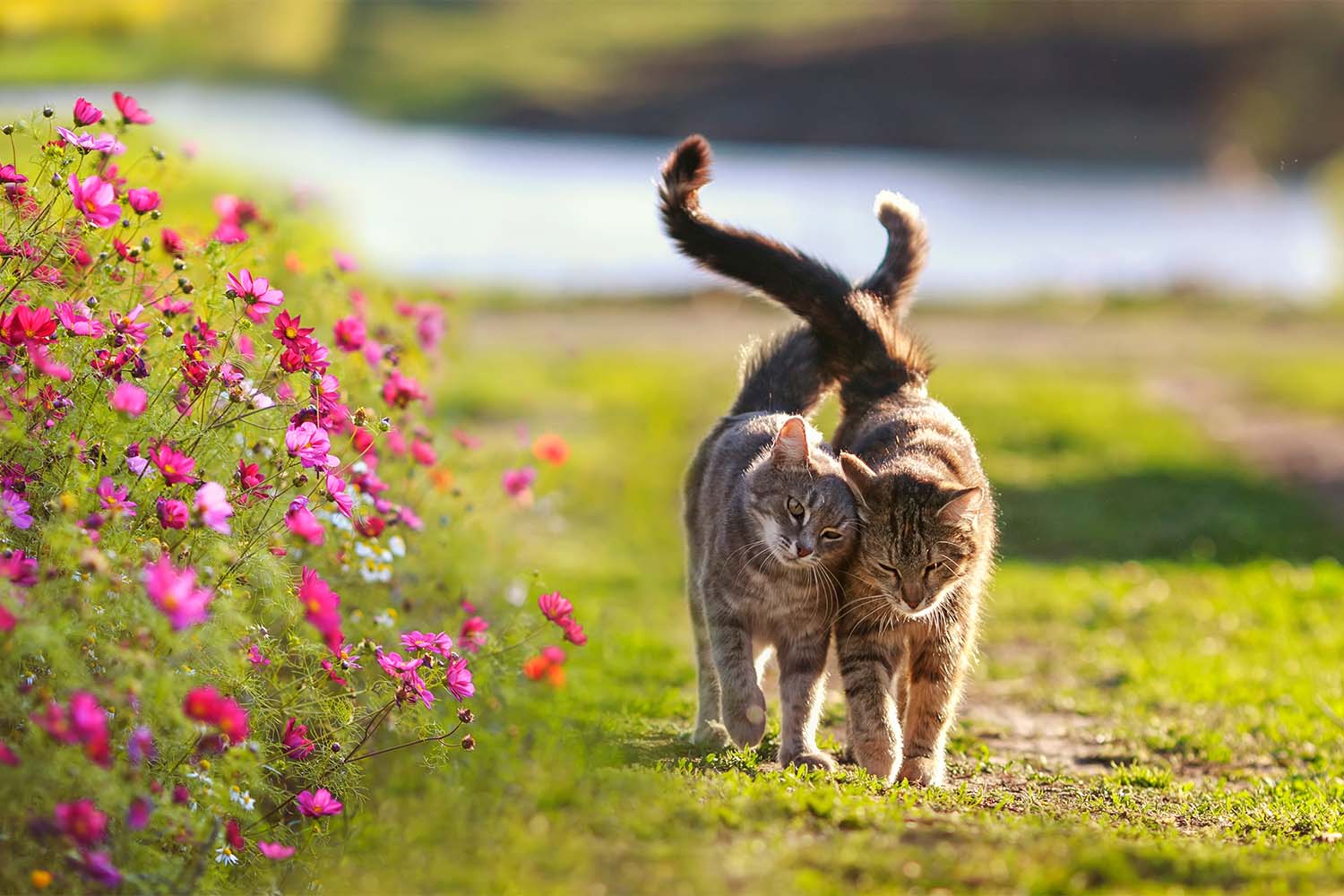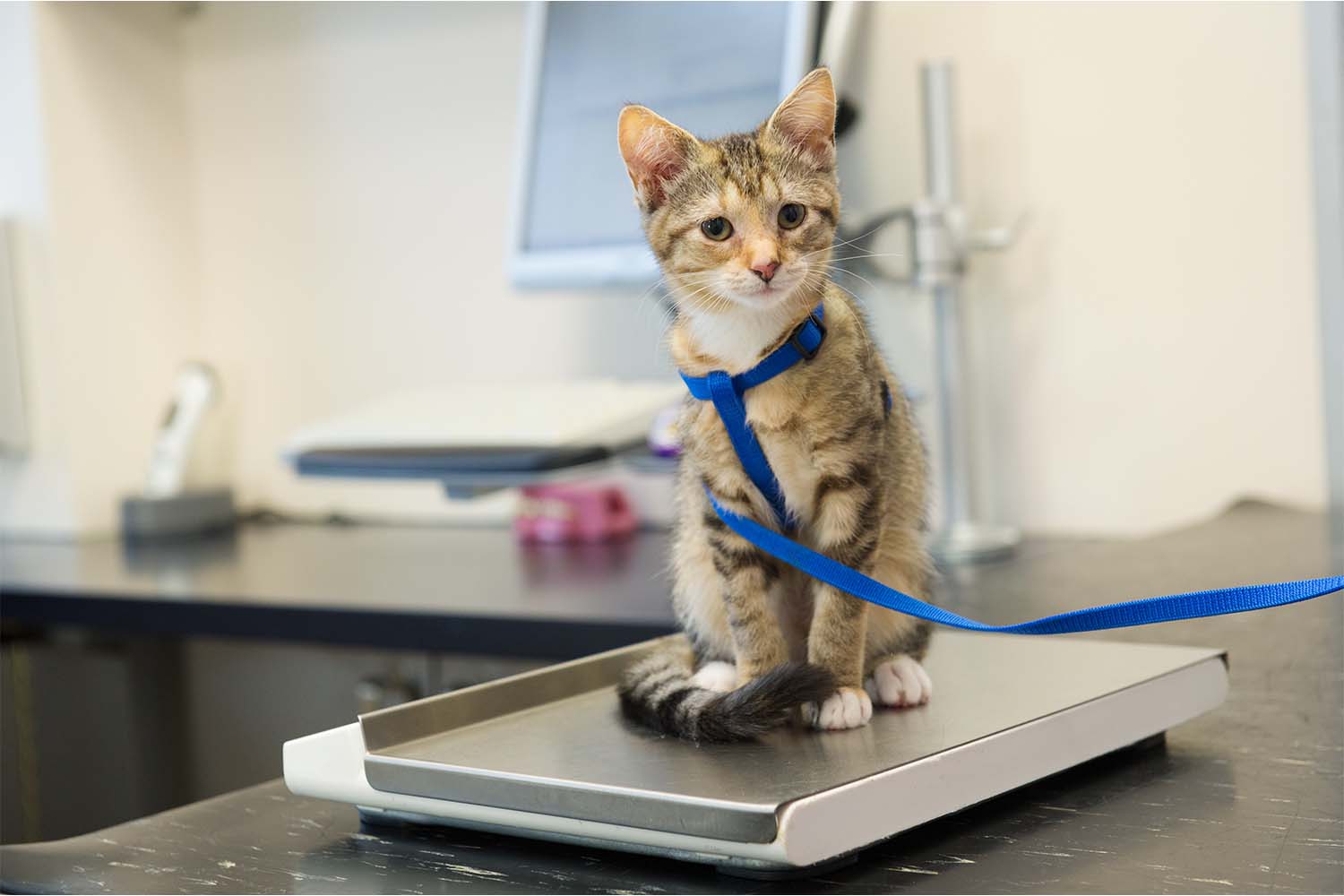Dog owners everywhere are well aware of the loud and often all-consuming sound of their dogs licking their paws. It’s an unmistakable sound that can warrant some very wet paws afterward. Surprisingly, your dog likely isn’t doing this to annoy you, and aside from simple grooming, paw licking can indicate something else is going on.
Paw licking is a part of normal dog behavior. After running outside and getting dirty, dogs will likely clean themselves up and get any dirt or debris out of their paws. However, if the paw licking continues, there could be an issue, like an injury or irritation, that needs to be checked out.
Keeping an eye on your pet and monitoring their behaviors can help notify you of any changes. Read on to learn more about reasons your dog might be licking their paws.
Why Is My Dog Licking Their Paws? Common Causes
Paw licking is considered a typical dog behavior; there are several common reasons for it. It may seem weird to you, but it helps your dog keep themselves clean.
There is a difference between casual, daily paw licking and constant paw licking. The former might be something you come across every day, or even a couple of times a day — depending on how dirty your dog might get throughout the day. This is nothing to worry about, considering that it’s something that all dogs do.
Should I Be Concerned?
You can begin feeling concerned about your dog’s paw licking when they are doing it pretty consistently. If your dog is licking their paws more than expected, so much so that it couldn’t possibly be to clean themselves again, there might be an underlying issue.
These issues can stem from allergies to parasites, but regardless of the issue, it’s time for a trip to your dog’s veterinarian. This is the easiest way to get to the bottom of the mystery and figure out how to ease your dog’s discomfort.
Normal Self-Grooming
Dogs might not be as in-depth in their daily grooming methods as cats are, but they do still put in the time to keep themselves clean. Most dogs aren’t as flexible as dogs, so they can only get a good angle on their paws.
You might notice that your dog is spending the time after being outside in the yard or on a walk licking their paws. If your dog feels they have gotten their feet dirty or sandy, they will likely dedicate some self-care time to cleaning this mess.
Skin Irritation
If your pup is suffering from dry or itchy skin, this may be the cause of your dog’s paw licking. Skin irritation is often the result of environmental allergies. Dogs can be allergic to certain kinds of grass and dust from around the house, making the undersides and in-betweens of your dog’s paws rather itchy.
In order to relieve the itch caused by a skin condition, your dog might partake in licking their paws; once they realize it helps, they won’t want to stop. If your dog is licking to alleviate dry skin, you’ll want to rule this out with the help of a veterinarian. This way, you can help avoid certain areas or foreign objects while out and about to keep your dog’s paw pads from getting irritated.
Injury or Pain
When walking your dog, they might step on glass or a thorn or, unfortunately, burn their paw pads on hot asphalt. Your dog might alert you to pain right away, but that’s not always the case. Perhaps a few hours later, it might be apparent your dog is uncomfortable due to their intense licking of the wound.
When a dog is licking their paws, it’s a good idea to check out the troublesome area to ensure that there isn’t a visible injury. Sometimes it’ll be easy to determine the issue, and other times you might need to consult your veterinarian about an injury that isn’t quite visible.
If there is an injury, your dog might pair the paw licking with whining, whimpering, limping, a change in behavior, or getting defensive when you touch the injured area. A dog’s tail might offer a clue as well. If your dog stops wagging their tail or hunches their back, it could signify pain.
Allergic Reaction to Dog Food or Human Food
Just like how environmental allergies can cause irritation, if your dog is allergic to a certain food on the menu, this might impact your dog’s paws. Similar to how humans experience itchy throats or itchy hands after consuming or touching something they are allergic to, dogs with food allergies often experience itchy paws.
If this is something that your dog is doing, you can think about testing for different food allergens based on what you’re feeding them, and then try to change up their diet to see if it helps with your dog’s allergies!
Behavioral Issues
Dogs can experience a variety of behavioral issues, including separation anxiety and boredom that leads to them acting out. With separation anxiety, your dog might begin doing “soothing” behaviors like excessive paw licking, nit-picking, or destructive chewing. Your dog might have trouble dealing with their stress, so they begin to lick their paws. It’s time to consult a dog trainer or similar expert.
Getting to the root of these behavioral issues can help your dog in the long run. You can work with the Certified Pet Lifestyle CoachesTM (CPLC) at AskVet to develop different training and calming methods for your pet. Possible methods to curb compulsive behaviors might include introducing calming treats or ensuring they get enough playtime each day.
Parasites and Bacteria
One of the last things you want your dog to have is parasites, but it might be what’s causing your dog’s paws to itch. Fleas, mites, ticks, and mange can cause itching. Check out your dog’s paws for any signs of an infestation of these pests.
Likewise, bacterial infections can cause dogs to chew their paws. The underlying cause of this chewing may not be immediately obvious to pet parents, as there might not be any other visible signs or symptoms of infection.
The best thing to do is chat with your veterinarian about the best course of action. Standard treatments often include prescription medication. Your vet might also want to issue preventative medication for worms. These treatments will relieve your dog from all the itching and keep them healthy in the future.
Learn How To Manage Your Pup’s Paw Licking
The best thing you can do for your dog is to watch their behaviors and take note of any changes. If your dog’s feet can’t get left alone, your pup might be in real discomfort, and you will want to bring them some sort of solution.
We don’t expect you to know the remedy every time this kind of thing happens, so don’t be afraid to ask the professionals to see what they can do to help.
Visit Your Vet
In case of emergencies, be prepared to bring your dog to their veterinarian or an emergency vet close by. You know your dog best and if you think there is something seriously wrong, take them in as soon as possible. Otherwise, schedule an appointment with your vet and see what solutions they offer. There might be several treatment options you can look into to help relieve the itch.
Talk with Certified Pet Lifestyle CoachesTM at AskVet
If there doesn’t seem to be an immediate threat to your dog, consider chatting with an AskVet 24/7 vet or pet coach about how to improve your dog’s skin or diet and relieve the itch. There are many home remedies that are worth trying, and talking with our experts can help point you in the right direction. Schedule a virtual session to connect with a CPLC™ today.
Don’t hesitate to reach out to an AskVet representative to learn more about what signing up gives you access to. Whether it’s chatting with other dog parents through the Clubhouse or having access to professionals 24/7 to answer all of your questions, AskVet has got you covered!
Sources:
Canine Separation Anxiety: Strategies For Treatment And Management | NCBI
External Parasites | American Veterinary Medical Association
Dog Allergies: Symptoms and Treatment | American Kennel Club

